May-2015
Little houses (Kukre pam)
In the village, houses are for resting and sleeping, and the Panará sleep in hammocks or beds they build themselves. In the past, a Panará would sleep on the floor, the houses were big and many families would live in them with their father-in-law. Today the houses are smaller, but the kitchen is always on the outside. They use a fire on the floor to cook and the kitchen, normally in the backyard, is a house without walls, a space with hammocks for resting and tools for cooking.
Next to the kitchen the Panará normally build a jirau to put things like pans, store water and porridge, tall enough that kids and animals can’t reach. A jirau looks like a table, but much taller. Now, imagine you’re a kid and you find a jirau. Underneath one of them is the perfect house! The kids do all kinds of things under them, make hammocks out of towels for their dolls or to lie in themselves, make beds, build walls out of fabric, and so they play for hours. They make a miniature of what exists in the village.
There are many ways to play house and the children use everything that is around them. Searching with inquisitive eyes, they build using all their creativity: using straw that fell from houses, plastic scraps, and anything else that is available.
One time we were making tops with Sykian, the village’s leader, in his backyard, when we saw a very interesting game happening. Two girls started building a type of house, but it didn’t follow the conventional structure of four supports, a roof, and walls, no, it was quite unusual. It was a structure built from three upright sticks that formed a triangle. On top of these sticks, the girls would put many things, like kettles, clothes, a sock mimicking a hammock, a plastic car, even a bible was in this installation’s balancing act. It was like a mobile, the game had to do with balance, placing things in balance with each other; each object was measured, its size and weight were checked, a place would be found where it could join with the rest. The more objects that fit, the greater the challenge, and with each new success, the greater the satisfaction.
Then came one of those lessons we never remember we once knew. When the game was rich with objects and the mobile’s composition was becoming more complex, a girl moved a car and everything fell to the ground. To our surprise, everyone laughed and the girls, without blinking and much less complaining, rebuilt their object many times over, this time with much more agility than in the beginning, already knowing the way to build and the weight of each object, but the final result was never the same as the first. This was the best part of the game, building, falling, laughing, and building again until you get tired.
This detachment from play is an essential element of the joy, effort and commitment that turn playing into an act of freedom, collectivity, affection, and true joy. The end result is not so important, what matters is the creative process of making.
Text: Paula Mendonça
Photos: Paulo Mendonça and Renata Meirelles
. 0



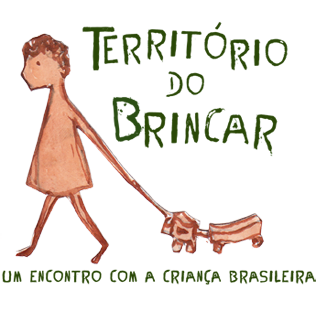
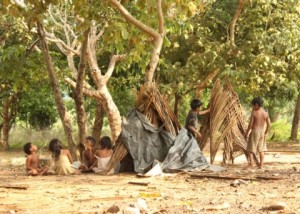
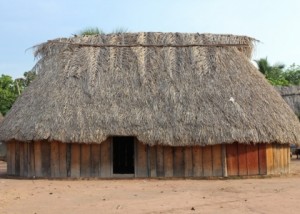
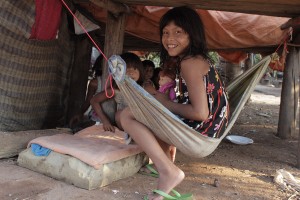
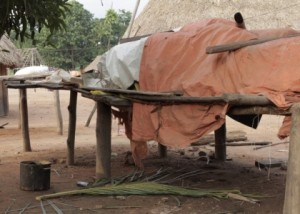
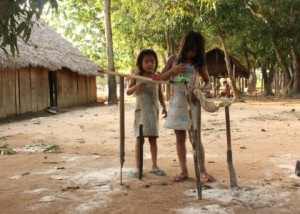
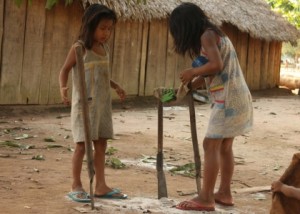
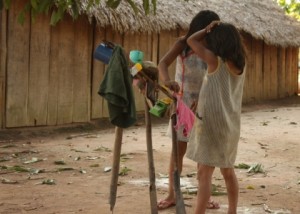
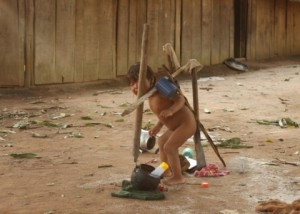

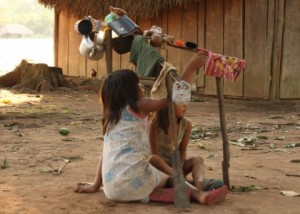


Leave a Reply